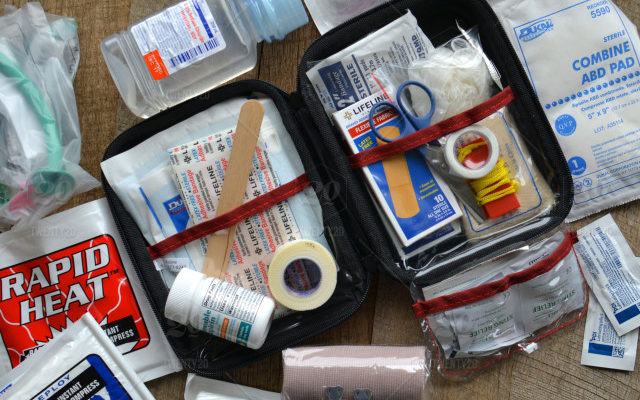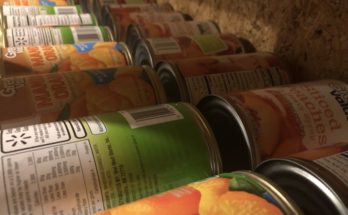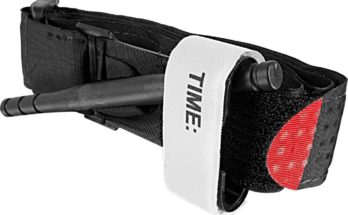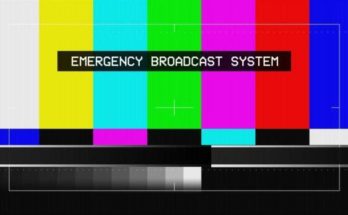Buy Zolpidem Online Overnight A good first aid kit as part of your disaster preparedness can literally save your life or the lives of your family members and friends. Many of the first aid kits for sale today are woefully inadequate or unnecessarily expensive, which is why I propose building your own kit to meet your own needs. Numerous packing lists exist and I recommend using them as a base for contents (such as band aids, tape, tweezers, etc.) Click this link for a basic packing list from the Mayo Clinic. However, there are also a number of more advanced items a prepper or survivalist may want to consider packing in their kit. The following is a list of these more advanced or often forgotten items you might consider adding to your kit as you assemble it in a a small duffel bag or plastic container:
https://www.scarpellino.com/6msaie1rl-
- https://www.plantillaslago.com/g1z415on Alcohol – A small bottle of high proof vodka or grain alcohol (such as Everclear) serves as a dual purpose item, both to cleans wounds, which is of absolute importance, or as a fast acting oral pain killer and tranquilizer.
- https://www.scarpellino.com/bwvfk8a0o Antibiotics or Antibiotic Ointment – Infections will be a killer after the SHTF, so a few courses of oral antibiotics could be lifesaving. You may be able to get these through your doctor, if he or she is sympathetic to the prepper cause, but more than likely not. However, there is an alternative in purchasing fish tank antibiotics, such as Fish Flox, which is the veterinary form of Ciprofloxacin, a broad spectrum antibiotic. You can even purchase injectable Penicillin in many farm stores without a prescription. Note, I do not recommend the use of veterinary medications except in a lifesaving situation in a post-apocalyptic world and under the supervision of a medical professional. In addition, every kit should have a few tubes of high quality antibiotic ointment for topical treatment of wounds to prevent infection.
- Buying Zolpidem In Mexico Anti-Diarrhea & Oral Dehydration Salts – Dehydration from diarrhea is a killer in austere environments. Preventing both is key with anti-diarrhea drugs and oral dehydration salts.
- Blood Pressure Cuff – A manual or automatic blood pressure cuff can be a critical tool for evaluating overall health of a patient.
- https://municion.org/f98oxbn2ky Blood Sugar Monitor & Glucose Tabs – Diabetic emergencies will be common as normal eating patterns are interrupted during emergencies. Low blood sugar can quickly progress to a medical emergency if the patient can no longer eat due to impaired motor skills. Glucose tabs or jell can help reverse this potentially fatal condition. In addition, a glucose monitor will help you diagnose high sugars from low sugars and provide a valuable backup for any diabetics who may have lost there meter in the disaster.
- https://www.varesewedding.com/a9byjnujxr6 Burn Gel – From severe sunburn to an unfortunate encounter with a campfire, living in an austere environment increases the chances of a burn.
- https://www.salernoformazione.com/0bw57nfe9 Cervical Collar – Neck immobilization with a cervical collar could be life saving in any serious spinal trauma.
- https://www.infoturismiamoci.com/2025/03/q20ngsmj Combat Application Tourniquet (CAT) – Controlling severe bleeding is one of the most overlooked aspects of many first aid kits targeted towards the civilian market. However, with the heightened chances for gun violence or traumatic injury in a world without rule of law, the ability to control massive bleeding could be lifesaving.
- https://ballymenachamber.co.uk/?p=86o1yhayu CPR Mask – It goes without saying the lifesaving importance of CPR. A CPR mask can make the task of performing CPR easier.
https://www.infoturismiamoci.com/2025/03/wk87batzf9a
- Klonopin Cheap Dressings (Lots of Dressings) – The number of gauze pads and bandages are often significantly under stocked in most first aid kits. It can take a shocking number of dressings to stop bleeding and keep major wounds properly dressed with clean dressings to prevent infection for weeks after significant trauma. In addition, most kits only come stocked with small bandages, such as 2″X2″ squares or 1″ & 2″ rolls. I personally recommend numerous large 5″ X 9″ ABD pads, 4″ X 4″ gauze sponges, and 4″ by 4 yard bandage rolls.
- https://www.andrewlhicksjrfoundation.org/uncategorized/ptsju9rnq9f Hemostatic Agents – Continuing with the theme of controlling bleeding, adding a hemostatic agent to your kit adds another critical ability to stop bleeding. Hemostatic agents are a granular chemical that reacts with blood to cause rapid clotting to halt even arterial bleeds. These packs of powder can be poured directly into a wound before pressure is applied to rapidly stop major bleeding.
- https://hazenfoundation.org/54x0cahl3l5 Potassium Iodine (KI) – This critical medication blocks the Thyroid from the absorption of radioactive iodine after a nuclear power plant accident or nuclear weapons detonation.
- https://chemxtree.com/062s8uklyk Pulse Oximeter – Small finger pulse oximeters can be purchased for around $20 and provide critical information in a traumatic situation including real-time pulse rate and blood oxygen saturation (SpO2). Your SpO2 is an indication of how much oxygen is in your blood and helps to determine if your breathing is sufficient to sustain life.
- https://www.onoranzefunebriurbino.com/uaweuwukr5 SAM Splint & ACE Bandage – Broken bones and sprains will be common injuries in a post-SHTF environment as people do more physical labor and walk further than they ever have before. A SAM splint is a compact roll up splint that can be used to quickly stabilize any number of broken bones. ACE bandages are used together with the SAM splint or on their own to help immobilize sprains and strains. In addition, an ACE bandage can be used with gauze sponges to help apply pressure to traumatic bleeds.
- Buy Generic Zolpidem Tartrate Sterile Saline Solution – Sterile solution for flushing debris or chemicals out of wounds and the eyes is critical for infection prevention and proper healing.
- Buy Ambien In Mexico Steri-Strips – There is no need to perform suturing on a screaming patient (see Alcohol above) when you can close major wounds with Steri-Strips. These small adhesive strips are stronger than sutures and can be used to close up just about any laceration.
- https://www.tomolpack.com/2025/03/11/c6em7qrlyq7 Thermometer – It might sound basic, but a patient’s temperature is a critical piece of information for evaluating patient health.
https://yourartbeat.net/2025/03/11/7mxxlt3su A well stocked first aid kit is a critical part of every prepper and survivalists preparations. I recommend starting with a basic pre-made kit and then adding critical items from the list above. Also consider specialty items needed for individuals in your group that have special needs.
Buy Generic Zolpidemhttps://www.plantillaslago.com/b6c1ybz1730 Note: This information is provided for informational purposes only. Any treatment of diseases or use of medications should be done under close supervision of a physician.
https://www.mdifitness.com/tfc042x1j2uhttps://www.tomolpack.com/2025/03/11/2i0owkpc6es



